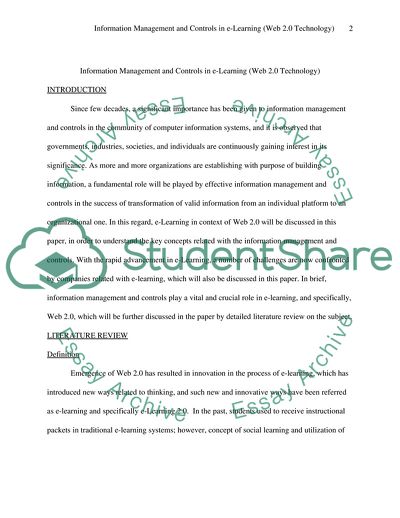Cite this document
(Information Management and Controls in E-Learning Article, n.d.)
Information Management and Controls in E-Learning Article. https://studentshare.org/education/1716163-information-management-and-controls-in-e-learning-web-20-technology
Information Management and Controls in E-Learning Article. https://studentshare.org/education/1716163-information-management-and-controls-in-e-learning-web-20-technology
(Information Management and Controls in E-Learning Article)
Information Management and Controls in E-Learning Article. https://studentshare.org/education/1716163-information-management-and-controls-in-e-learning-web-20-technology.
Information Management and Controls in E-Learning Article. https://studentshare.org/education/1716163-information-management-and-controls-in-e-learning-web-20-technology.
“Information Management and Controls in E-Learning Article”. https://studentshare.org/education/1716163-information-management-and-controls-in-e-learning-web-20-technology.


